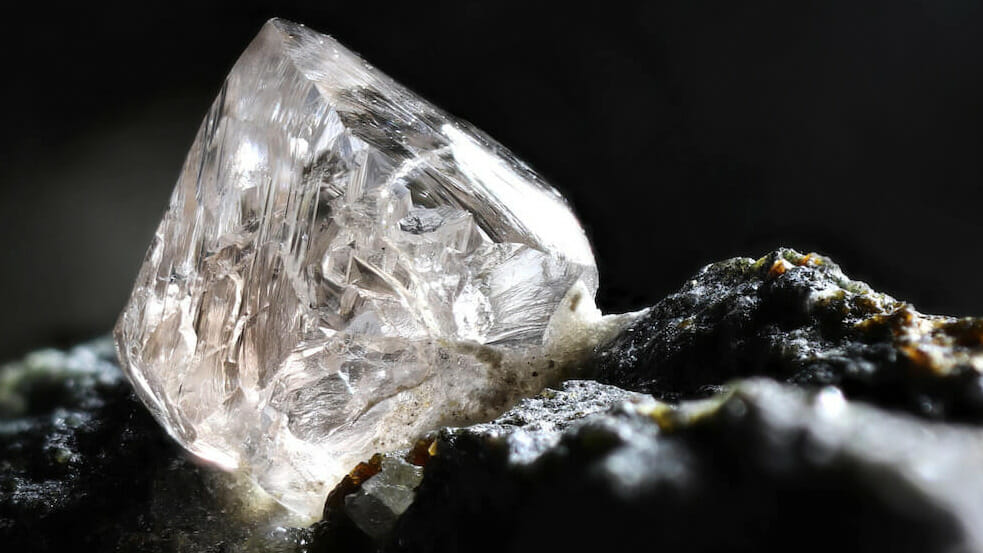The debate between 랩다이아 천연다이아 차이 is one that has been gaining momentum as consumers become more aware of their choicesIn this comprehensive guide, we will delve into the nuances that distinguish these two types of diamonds, providing you with the information needed to make an informed decision.
Table of Contents
What Are Lab Diamonds?
Lab diamonds, also known as synthetic diamonds, are created in controlled laboratory environments using advanced technological processesThese processes replicate the conditions under which natural diamonds form, resulting in a product that is chemically, physically, and optically identical to natural diamonds.
The Formation Process
Natural diamonds are formed over billions of years under extreme heat and pressure within the Earth’s mantleIn contrast, lab diamonds are produced in weeks to months using two primary methods:
High Pressure High Temperature (HPHT): This method mimics the natural conditions of diamond formation by applying high pressure and high temperature to a carbon source.
Chemical Vapor Deposition (CVD): This technique involves breaking down carbon-rich gases to deposit diamond layers onto a substrate.
Quality and Characteristics
Both lab and natural diamonds exhibit the same chemical composition (pure carbon) and crystalline structureAs such, they share similar physical properties, including hardness (10 on the Mohs scale), brilliance, and thermal conductivity.
Distinguishing Lab Diamonds from Natural Diamonds
While lab and natural diamonds are virtually indistinguishable to the naked eye, there are subtle differences detectable through specialized equipment:
Inclusions and Imperfections: Natural diamonds often contain minute inclusions or impurities that formed over millions of yearsLab diamonds can also have inclusions, but these are typically fewer and more uniform.
Growth Patterns: The growth structure of lab diamonds, especially those created using CVD, can show distinctive patterns when viewed under a microscope.
Environmental and Ethical Considerations
One of the significant benefits of lab-grown diamonds is their environmental impactThe production of lab diamonds generally requires less energy and has a smaller ecological footprint compared to the extensive mining operations necessary for natural diamondsAdditionally, lab diamonds are often considered more ethical, as they avoid the human rights issues associated with some diamond mining practices.
Cost Comparison
A key factor for many consumers is the price difference between lab and natural diamondsLab diamonds are typically 20-40% less expensive than their natural counterparts of similar qualityThis cost-effectiveness is due to the shorter production time and lower overhead costs associated with lab diamond manufacturing.
Investment Value
When considering diamonds as an investment, natural diamonds historically hold better valueThe rarity and age-old demand for natural diamonds contribute to their stable market valueIn contrast, lab diamonds, while increasing in popularity, do not yet have the same level of market stability and long-term value retention.
Market Trends and Consumer Preferences
Consumer preferences are shifting as awareness grows about the sustainability and ethical sourcing of diamondsYounger generations, in particular, are more inclined to choose lab diamonds for their eco-friendly attributes and affordability without compromising on quality and aesthetics.
Certification and Grading
Both lab and natural diamonds are subject to stringent grading standards set by renowned institutions such as the Gemological Institute of America (GIA) and the International Gemological Institute (IGI)These certifications assess the diamonds based on the Four Cs: Carat, Cut, Color, and ClarityIt is crucial to ensure that any diamond purchase, whether lab-grown or natural, comes with a reputable certification guaranteeing its quality and authenticity.
Practical Considerations for Buyers
When choosing between lab and natural diamonds, man made diamonds, consider the following practical aspects:
Purpose: For engagement rings and high-value jewelry, some may prefer natural diamonds for their traditional allure and investment potentialLab diamonds are an excellent choice for fashion jewelry or those looking to maximize their budget.
Personal Values: If environmental sustainability and ethical sourcing are high priorities, lab diamonds present a compelling option.
Resale: If future resale value is a concern, natural diamonds typically offer better prospects.
Future Outlook of Lab and Natural Diamonds
As technology advances and consumer preferences evolve, the future of the diamond industry is poised for changeLab diamonds are expected to gain a larger market share due to their environmental and cost advantagesInnovations in lab diamond production are likely to enhance their quality further and potentially narrow the gap in market value compared to natural diamonds.
Conclusion
In summary, the choice between lab-grown and natural diamonds ultimately depends on individual preferences, budget, and valuesBoth types of diamonds offer unique benefits and cater to different market needsBy understanding the key differences and considerations, consumers can make an informed decision that aligns with their personal and ethical standards.

